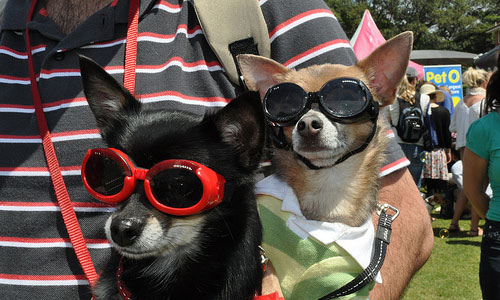7 Tips to Train Your Pet

Training pets may look like a difficult task to accomplish, but it is not so. Dogs and cats are pretty intelligent and can pick up tricks quickly, provided you go about teaching them in the correct manner. There is no age limit as such to train pets; however, it’s best to start their training when they are puppies and kittens. These tips should help you train them effectively.
1. Use positive reinforcement
Have you seen trainers in circuses or television doing tricks with their pets and feeding them with food on the sly after each trick? This is called positive reinforcement. After every trick, if you reward your pet with a little portion of food such as a nugget, pellet or biscuit that it loves, it will be more motivated to perform the tricks with perfection. Also add a loving pat on the head and say “good boy” or “good girl.”
2. Don’t beat or shout at your pet
As said above, positive reinforcement works better with pets than negative reinforcement does. If you shout at it or beat it, it’s going to retaliate in the same violent way or draw into a shell. Either way, it won’t learn the tricks. You need to be gentle, calm, loving and patient with your dog or cat, and only then will it reward you with the desired results.
3. Devote time daily
Training pets should be integrated into your life, it should become a part of your daily routine or timetable. If training sessions are conducted haphazardly at any time of the day and on any random day, then the pet will get confused and not take it seriously.
4. Be patient
Patience is the biggest virtue required while training animals. Remember, you are teaching a different species altogether which doesn’t understand your language, but your actions and sounds. Don’t lose your cool or give up midway while teaching a trick as pets take their time, but eventually learn to do it.





